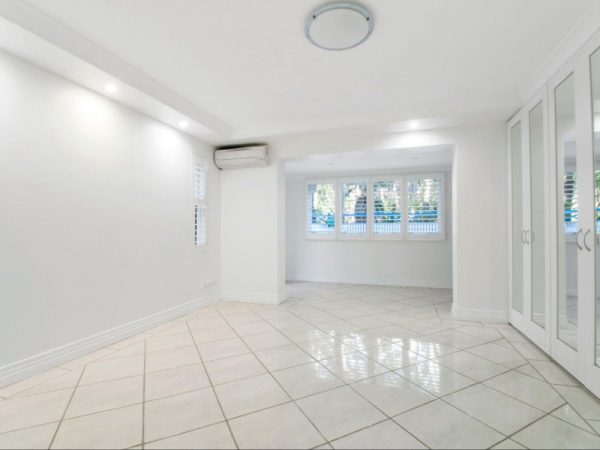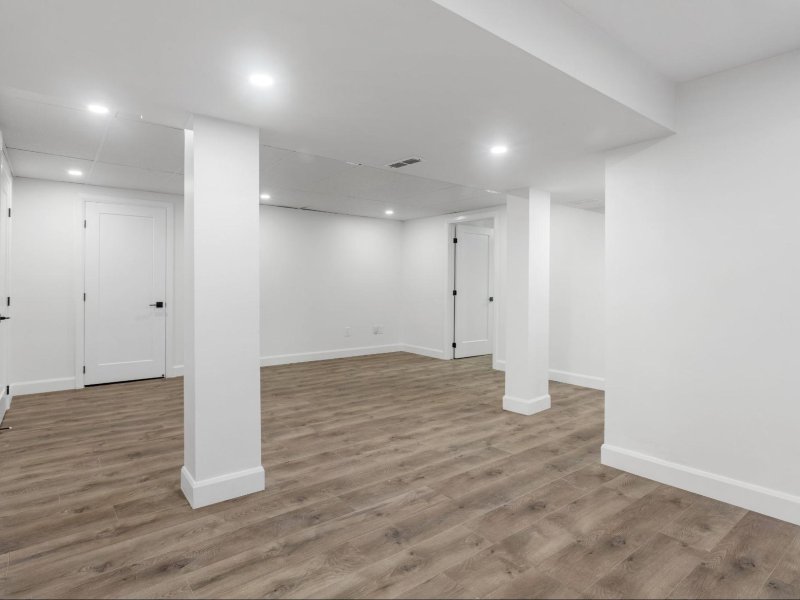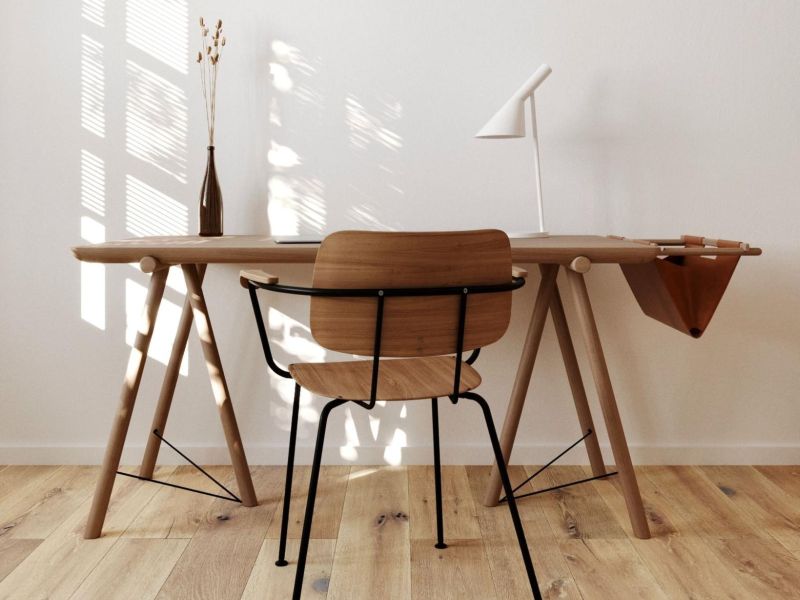When it comes to home improvement projects, selecting the right tiles is a decision that can significantly impact the overall success of the installation. Tiles serve not only as functional elements but also as aesthetic features that contribute to the overall design and ambiance of a space. Whether you are renovating a bathroom, kitchen, or any other area in your home, the choice of tiles plays a crucial role in determining the project’s success. In this comprehensive guide, we will explore the various factors to consider when choosing tiles and why this step is so pivotal in achieving a successful and visually appealing installation.
Functionality and Purpose
Before diving into the vast world of tile options, it’s essential to consider the functionality and purpose of the space where the tiles will be installed. According to Rubi.com, different areas of the house have distinct requirements, and the tiles you choose should align with these needs.
For instance, high-traffic areas like the kitchen and entryways demand durable and easy-to-clean tiles. Porcelain and ceramic tiles are popular choices for these spaces due to their resilience and low maintenance. On the other hand, for bathroom floors or shower walls, you may want to opt for tiles with a higher slip resistance to ensure safety.
Understanding the specific requirements of the space will guide you toward tiles that not only look good but also perform well over time.
Material Matters
Tiles are available in a myriad of materials, each with its own set of characteristics and advantages. The choice of material depends on factors such as budget, aesthetic preferences, and the intended use of the space.
- Ceramic: Versatile and budget-friendly, ceramic tiles are a popular choice for various applications. They come in a wide range of colors, patterns, and sizes, offering endless design possibilities.
- Porcelain: Known for its durability, porcelain tiles are fired at higher temperatures, making them more resistant to water absorption. This makes them suitable for areas prone to moisture, such as bathrooms and kitchens.
- Natural Stone: Options like marble, granite, and travertine bring a touch of luxury and uniqueness to any space. However, they require more maintenance and are generally pricier than ceramic or porcelain tiles.
- Glass: Ideal for creating a modern and sleek look, glass tiles are commonly used as accents or for backsplashes. They add a reflective quality that can brighten up a space.
- Vinyl: An affordable and versatile option, vinyl tiles are resilient and come in a variety of styles, including designs that mimic the look of natural materials like wood or stone.
Each material has its own set of pros and cons, so it’s crucial to weigh these factors against your preferences and the specific requirements of the installation area.
Size and Layout
The size and layout of the tiles can significantly impact the visual perception of a space. Larger tiles can create a sense of openness and continuity, especially in smaller rooms, while smaller tiles can add intricate details and patterns.
Consider the size of the room, the layout of fixtures and furniture, and the overall design aesthetic you want to achieve. For example, large-format tiles are popular for contemporary and minimalist designs, while mosaic tiles can be used to create intricate patterns or focal points.
In addition to size, the layout pattern of the tiles also plays a crucial role. Straight, diagonal, herringbone or basket-weave patterns can all contribute to the overall look and feel of the space. Experimenting with different layouts during the planning phase can help you visualize the final result and make an informed decision.
Color and Style Harmony
The color and style of the tiles contribute significantly to the overall aesthetics of a space. The right color palette and style can enhance the visual appeal of the room, complementing the existing design elements.
Consider the existing color scheme of the room, the type of furniture and fixtures present, and the mood you want to create. Light-colored tiles can make a space feel larger and more open, while darker tiles can add a sense of coziness and warmth.
For a cohesive look, choose tiles that harmonize with the overall style of your home. Whether you prefer a modern, traditional, rustic, or eclectic design, there are tiles available to suit every taste and preference.
Grout Selection
While often overlooked, the choice of grout can have a significant impact on the final look of your tile installation. Grout comes in various colors, and the color you choose can either blend seamlessly with the tiles or create a contrasting effect.
Light-colored grout tends to show less dirt and is a popular choice for spaces where cleanliness is a priority. On the other hand, dark-colored grout can add drama and highlight the individual tiles. Consider the size and spacing of the tiles when selecting grout – larger tiles with minimal spacing may benefit from a contrasting grout color, while smaller tiles with tight spacing might look better with a grout color that matches the tiles.
Budget Considerations
Tiles come in a wide range of price points, and establishing a budget early on in the planning process is crucial. While it’s tempting to splurge on luxurious materials, there are also cost-effective options that offer both quality and aesthetics.
Keep in mind that the budget for tiles should not only include the cost of the tiles themselves but also factors such as installation, grout, and any additional materials or tools required. Balancing your aesthetic preferences with your budget constraints ensures a successful and stress-free tile installation.
Long-Term Maintenance
Consider the long-term maintenance requirements of the chosen tiles. Some materials may require regular sealing, while others are more resistant to stains and scratches. Assess your willingness and ability to invest time in maintenance tasks, as this can impact the longevity and appearance of your tile installation.
For high-traffic areas prone to spills and stains, selecting tiles with stain-resistant properties can make your life much easier. Additionally, choosing tiles with low porosity can prevent water damage in areas exposed to moisture.
Conclusion
Choosing the right tiles is a crucial step in the overall success of any installation project. From functionality and material selection to size, color, and long-term maintenance considerations, each factor plays a role in creating a visually appealing and functional space. Taking the time to carefully evaluate these aspects and make informed decisions will ensure that your tile installation not only meets but exceeds your expectations, adding value and beauty to your home for years to come.








